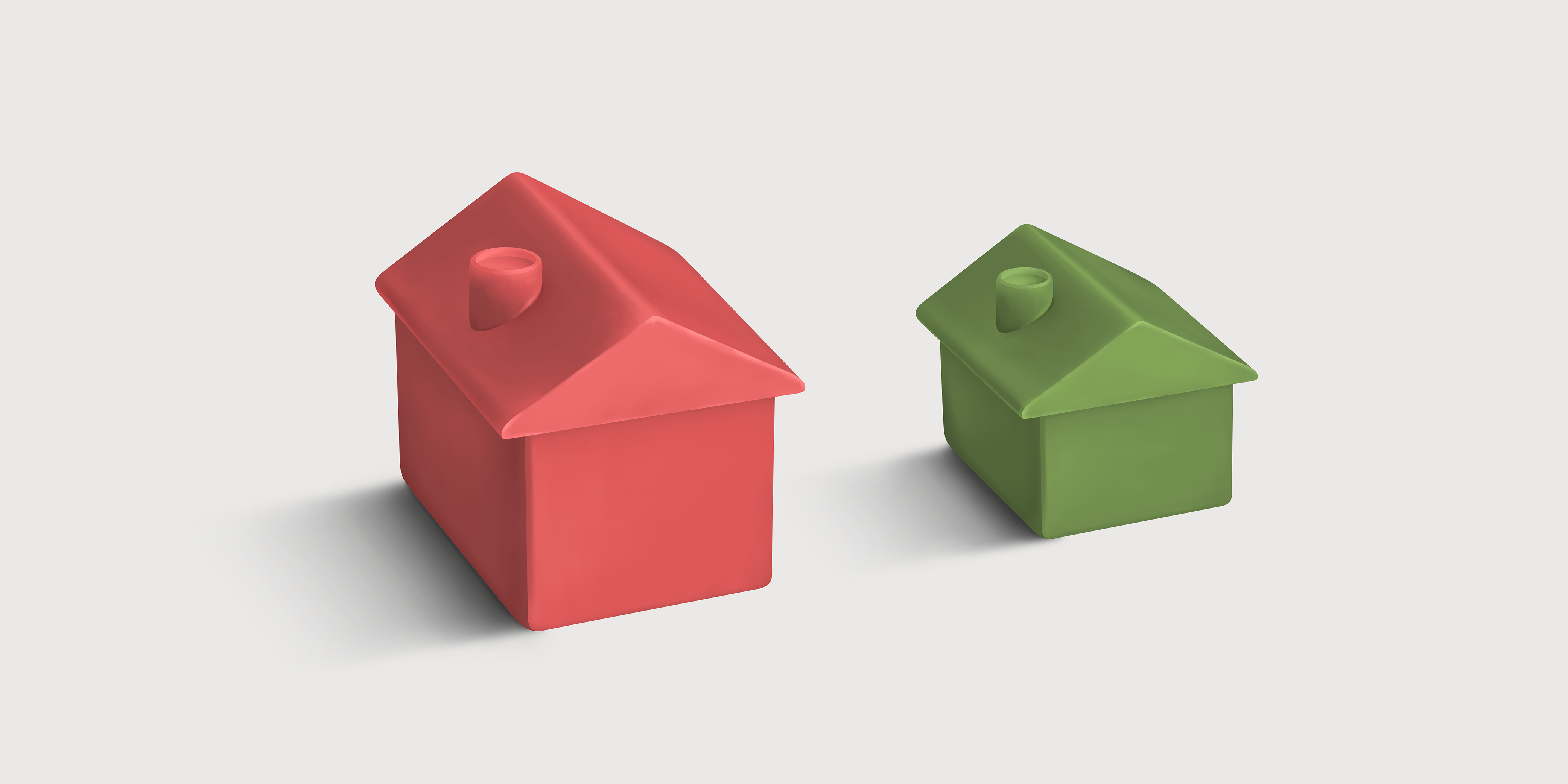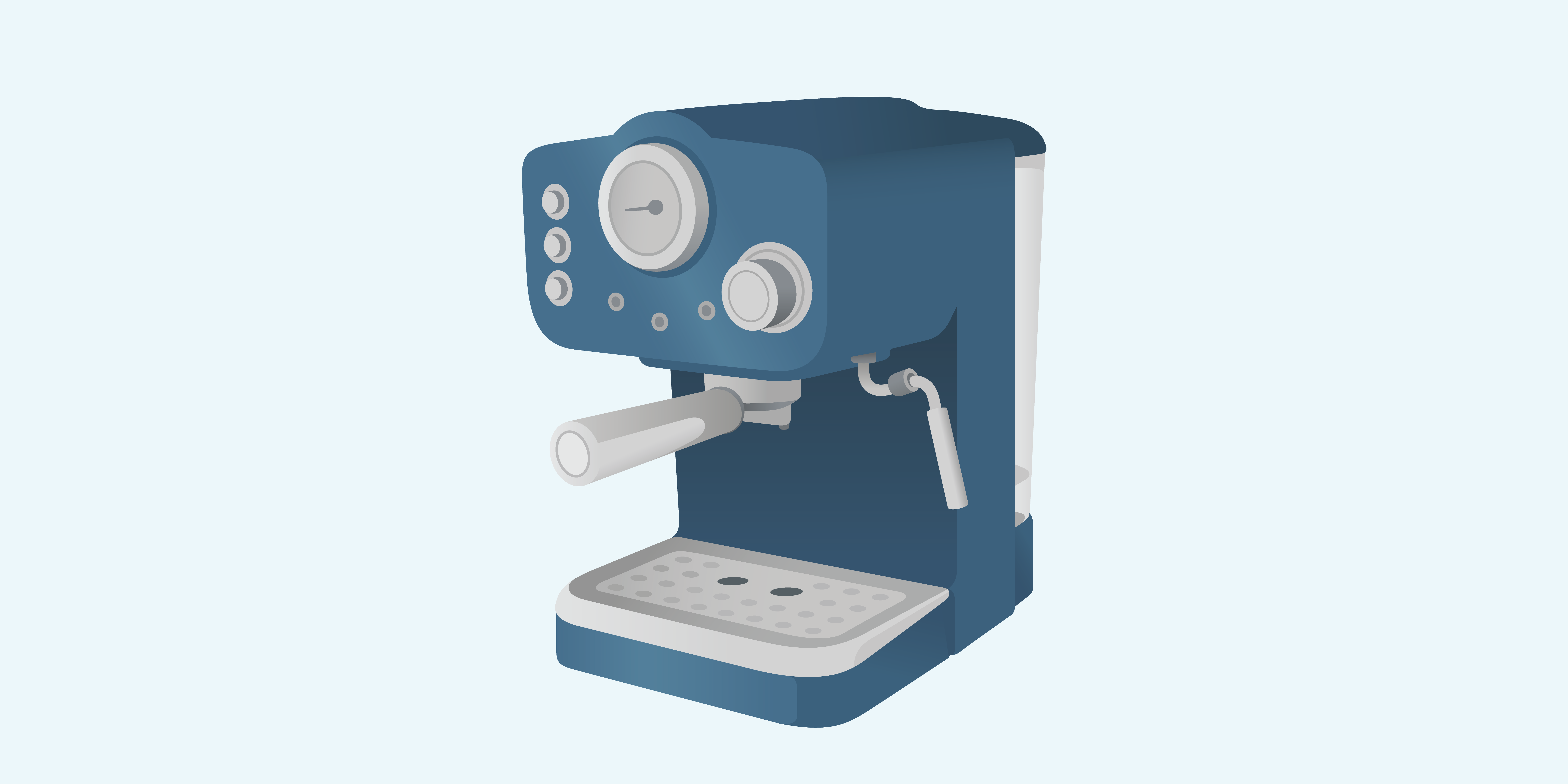Canada and the U.S. may share a landmass, but if you try to negotiate a mortgage to buy a piece of it, you’ll have a very different experience depending on which side of the border you live on – and it’s important to understand how the Canada housing market works and is regulated compared to the U.S.
“The banking system is hugely different between Canada and the U.S.,” explains Diana Mok, an associate professor in the Lang School of Business and Economics at the University of Guelph.
Canada housing market regulation vs. the U.S.
Canada’s mortgage industry is much more strictly overseen by its federal government than U.S. lenders are by theirs. The chartered banks, such as RBC, TD, Scotiabank, BMO and CIBC, are federally regulated. Some non-bank financial institutions, like credit unions, are not regulated by The Bank Act, “but they are regulated by the Office of the Superintendent of Financial Institutions, or OSFI,” Mok says. Only a small proportion of lending is handled by other types of companies, like First National and Home Trust.
However, in the U.S., “it’s all over the place,” she says, noting some banks are regulated by the federal government, some by states and some by both. “The diversity of mortgages and rate differences are much more than what we see in Canada.” Competition among players creates a wider choice of options, but “this means that you have to read the fine print much more carefully.”
Mortgage terms
The second major difference is the length of mortgages. Although Canadian borrowers often take out 25-year mortgages, these are typically broken up into five-year terms, and a new rate of interest and mortgage length are renegotiated at the end of each one.
“It can also take a while longer to finalize a mortgage application in the U.S.,” says Darren Robertson, an estate agent with Darren Robertson Homes in North Virginia, “it can take upwards of 60 days to complete an application in America compared to only around a week in Canada.”
Borrowers in both countries have the option of taking out a fixed-rate mortgage, which will protect them should interest rates rise, or a variable-rate mortgage, which fluctuates as the prime lending rate rises or falls. In the U.S., however, the typical mortgage may last anywhere from 15 to 30 years, so it is much riskier to take a variable-rate mortgage.
Most U.S. mortgages can be paid off in full at any time, but Canadian mortgages tend to limit options for early repayment. Another interesting difference is that Americans are allowed to use their interest payments as income-tax deductions. This is not permitted in Canada, except in certain situations relating to properties that are rented out to generate income.
Cross-border mortgages
However, it is fairly difficult for Canadians to take out mortgages in the U.S. Not only is the process generally lengthier and more onerous, but “without your credit history in the U.S., it will be much harder to get a mortgage,” says Mok.
“Typically, if people want to buy, say, a vacation home in the U.S., they borrow equity off their Canadian property,” says Jason Scott, a mortgage broker with TMG The Mortgage Group in Edmonton.
Avoiding past mortgage market mistakes
Many will recall the economic disaster of 2008-2009, due in part due to problems with the U.S. mortgage sector. Could such a situation arise again? Both countries are now better protected; for instance, Canada introduced a “stress test” for borrowers that makes it more unlikely for people to borrow more than they can afford to pay back.
Also, “we have heavy-duty underwriting and strict guidelines,” says Scott. When a first-time home buyer takes out a mortgage, there are numerous levels of insurance in place to cover potential loss should they fail to repay.
Furthermore, “almost all Canadian mortgages are what we call recourse loans, in which the property is used as collateral,” says Mok. Thus, if a borrower defaults, the bank can sell the property to pay back the loan, and the borrower still owes any remaining difference.
“In the U.S., they have non-recourse mortgages,” she says. This means that even if the sale of the property doesn’t pay the debt, the borrower’s personal debt is forgiven. (During the financial crisis, the term “jingle mail” was being used to describe an envelope full of house keys sent by the defaulting borrower to their lender.)
This was one of many reasons that the Canadian economy suffered less at that time. Also “if you look at the percentage of loans defaulted, we have always kept below one per cent. Canadians are very diligent with loan repayment,” Mok notes.
For now, the main worry for borrowers in Canada relates to rising interest rates, as “70% of all mortgages at sub-2% interest rates are coming up for renewal,” says Bruce Joseph, managing director for Verico Anthem Mortgage Group in Barrie, Ontario. “We’re likely to see a supply boom, and large institutional players will happily take advantage of an enormously corrective real-estate market in Canada.”
However, Canada has numerous protections in place to prevent a repeat of 2008-2009, Joseph says, and “in the U.S., now there’s an ultra-fine magnifying glass scrutinizing the mortgage market.
You’re not going to see the credit-default (situation) happening again.”




